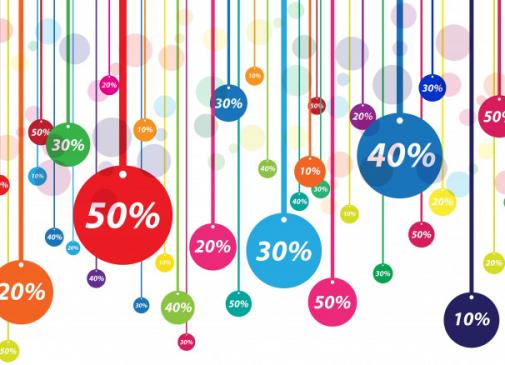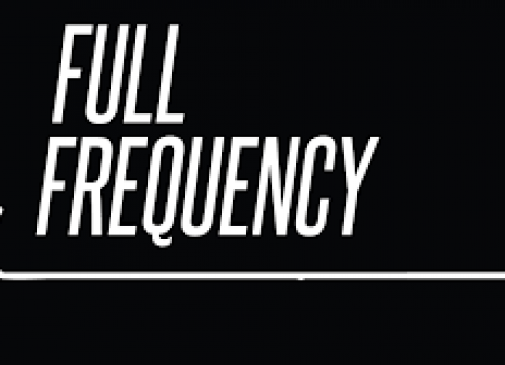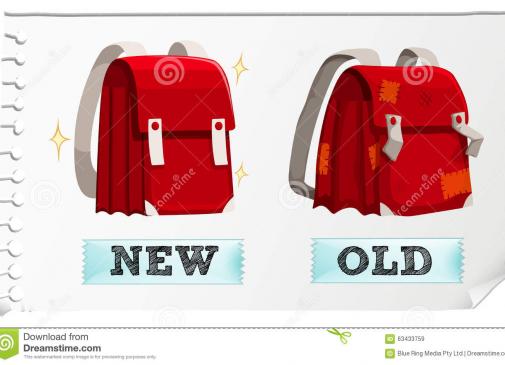If there is one catchphrase that keeps on popping up in the context of supply chain management (SCV), it is visibility. The ultimate dream of almost every business, SCV is not that easy to attain. One of the obstacles in gaining a complete insight and control over your logistics chain is that definitions of visibility vary from one firm from another. Moreover, these interpretations are constantly changing in response to fluctuating business demands and globalization trends.
If there is one catchphrase that keeps on popping up in the context of supply chain management (SCV), it is visibility. The ultimate dream of almost every business, SCV is not that easy to attain. One of the obstacles in gaining a complete insight and control over your logistics chain is that definitions of visibility vary from one firm from another. Moreover, these interpretations are constantly changing in response to fluctuating business demands and globalization trends.
So what actually is visibility? To put it simply, it is knowing where inventory is at any moment. But it is also actionable information that can assist customers in their decisions and be applied to a number of diverse touch points along the supply chain, from supplier to service provider to end customer. Consequently, it helps to remove redundancies and improve processes. Placing emphasis on capitalizing core growth initiatives, many businesses do not have the internal IT infrastructure to support dynamic supply chains. Collecting and identifying data that is important, validating this information, and communicating it in a way that lets others leverage this visibility remains a critical challenge for companies large and small.
EXCEL FOR SCV? BIN IT!
While many are heavily promoting “visibility” solutions, most concentrate on finite areas, addressing only one dimension of the problem, at the same time generating others. Portals or exchanges, for instance, tend to provide limited access to a subset of data. They typically only offer separate, fixed views of information that cannot be easily manipulated or integrated, and can be subject to version control, cross-referencing problems or difficulties with dissemination. Many businesses have come to rely on tools such as Excel as a way to extract, consolidate and share data. The difficulty with Excel is that it was not designed for this particular purpose. It cannot manage the volume of data required and does not support effective and simultaneous collaboration among supply chain participants. The solution turns out to be quite time-consuming and unmanageable, yet the results it produces are far from perfect. After all, this tool is very prone to human error and inconsistent processes. Without a single source of comprehensive data, people will adopt their own processes for achieving the real time supply chain visibility they require, making consistency and collaboration across the organization a real problem. For decisions to be effective, partners need to be on the same sheet of music, working from the same set of data, in the same way, and at the same time.
TRACK'N'TRACE
The only way to improve visibility is to invest in the technology infrastructure and resources to collect and act on necessary information. End users can either partner with a service provider that has the technology and resources to execute, or find a stable of partners—and build relationships with each one—to ensure expectations are paired. While there is no single solution for visibility, some are definitely better than others. GS1 is key no matter what solution is adopted; its standards and solutions can be used to identify, capture and share data about the movement of an item across the extended supply chain. This data is then used to enhance business intelligence and facilitate decision-making. Retailer and suppliers of consumer goods have been using GTINs and barcodes to track the movements of products along the supply chain and benefit from efficiency gains for years. As new concerns are arising around consumer safety and sustainability, they are now using them to build into their supply chain the foundations for increased food safety, reducing waste in the supply chain and improving product information to their customers. Recent consumer safety crises have highlighted the importance of traceability and the need for fast and accurate recall processes. Trading partners are seeking to gain increased visibility on where their products are coming from and where they are being sold, to ensure safety and comply with regulatory requirements, such as a forthcoming EU Food Information Regulation (FIR). The GS1 Global Traceability solution provides a framework for manufacturers about how to implement a traceability system based on GS1 standards that complies with international regulations. In the event of a problem, this can ensure a rapid recall of a product, thanks to its accurate identification and immediate localisation in the supply chain. Moreover, the GS1 EPCIS standard for sharing event data facilitates the tracking and tracing of items across borders, providing an automatic way of sharing real-time traceability information between multiple trading partners.
WIRELESS SOLUTION THAT BOOSTS VISIBILITY
There are quite a lot of businesses which consider radio-frequency identification (RFID) technology as driving force in reshaping global supply chain automation and visibility. You cannot manage what you cannot see. End-to-end visibility helps streamline the supply chain by promptly detecting, reporting, and resolving operational anomalies. It also allows shippers to track assets and shipment status in real time, with maximum traceability. RFID increases equipment, inventory, and business process visibility. It also increases efficiency by optimizing business processes and automating asset and inventory management. The technology also streamlines data-capture procedures and increases accuracy by eliminating error-prone manual processes, and helps reduce labor costs. It provides real-time, up-to-date information across the entire supply chain. US supermarket giant, Walmart has grown to be the world’s largest retailer by seeking every opportunity to streamline its supply chain and cut costs in order to live up to its promise of “everyday low pricing.” Achieving that goal requires much more than just clever merchandising. Walmart also is a leader in pioneering technologies to achieve operational efficiencies that ultimately bring savings for its customers. One such technology is radio-frequency identification, or RFID, which transfers data stored on tags on a product or other object, facilitating identification and tracking. One use of RFID technology familiar to many people is in vehicle transponders for toll collections.Walmart has been using RFID technology for about a decade and cites numerous benefits, including more efficient inventory management. The company initially introduced RFID to track pallets of merchandise traveling along its supply chain, including at warehouses. In 2007, executives credited the technology with, among other things, cutting the volume of excess inventory in Walmart’s massive supply chain and slashing out-of-stock occurrences by almost one-third. In 2010, the retailer announced the next phase of its RFID strategy: placing tags on individual garments.
Sources: http://www.inboundlogistics.com; http://www.gs1.org; http://www.kinaxis.com; http://www.usanfranonline.com










